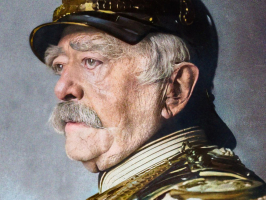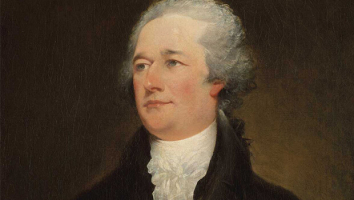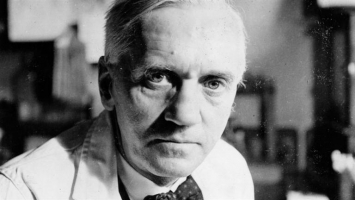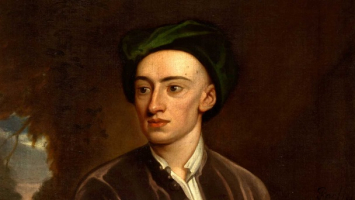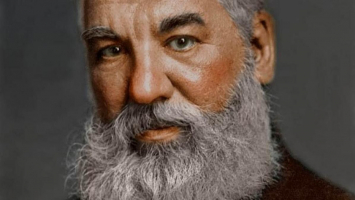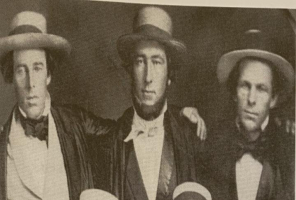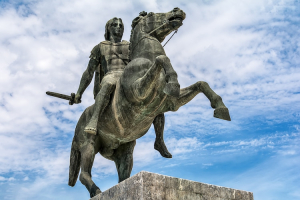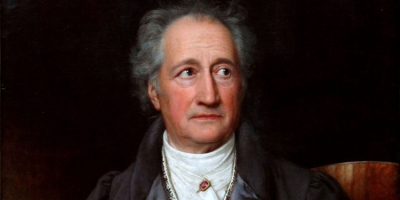Top 7 Interesting Facts about Alexander Von Humboldt
Alexander von Humboldt was a German scientist and explorer. Here is the list of interesting facts about Alexander von Humboldt.... read more...
-
Humboldt was born in Berlin on 14 September 1769 to a prominent Prussian family. Humboldt's father, Alexander Georg, was a major in the army who served during the War of Austrian Succession and the Seven Years' War before being appointed chamberlain to the crown princess. He married the already widowed 25-year-old Marie Elisabeth Colomb two years later, in 1766, at the age of 46.
Alexander Georg had social connections, and his position as adjutant in charge of his regiment's food and equipment allowed him to make a profit during the war, but it was Marie Elisabeth who brought real wealth into the family. Her contributions included investments, a large Berlin townhouse, a country estate, and the lease on the Tegel manor house — not to mention her first marriage to Baron Holwede, which resulted in Heinrich, her son.
The new couple soon had two sons of their own, Wilhelm first, and Alexander two years later. In the year Alexander was born, his father resigned from his job and moved to Tegel to live the life of a country gentleman. On his one and only trip to Berlin, he continued to entertain members of the royal family and even German poet and playwright Goethe. Later, in his play "Faust," the writer returned the favor by mentioning Tegel.
Although Alexander's mother is usually portrayed as distant and cold, she made certain that her three sons were well cared for. She planned brilliant careers in the Prussian civil service for Wilhelm and Alexander after her oldest son left to pursue a military career. Finally, she was able to find and recruit excellent Enlightenment tutors, transforming two prodigies into marvels. Humboldt's mother died on November 18, 1796. He, his brother, and his half-brother were now wealthy. Humboldt's inheritance was estimated to be around 90,000 thalers in real estate, cash, and investments, a far cry from his 400-thaler salary. The interest alone was worth approximately 3,000 thalers per year.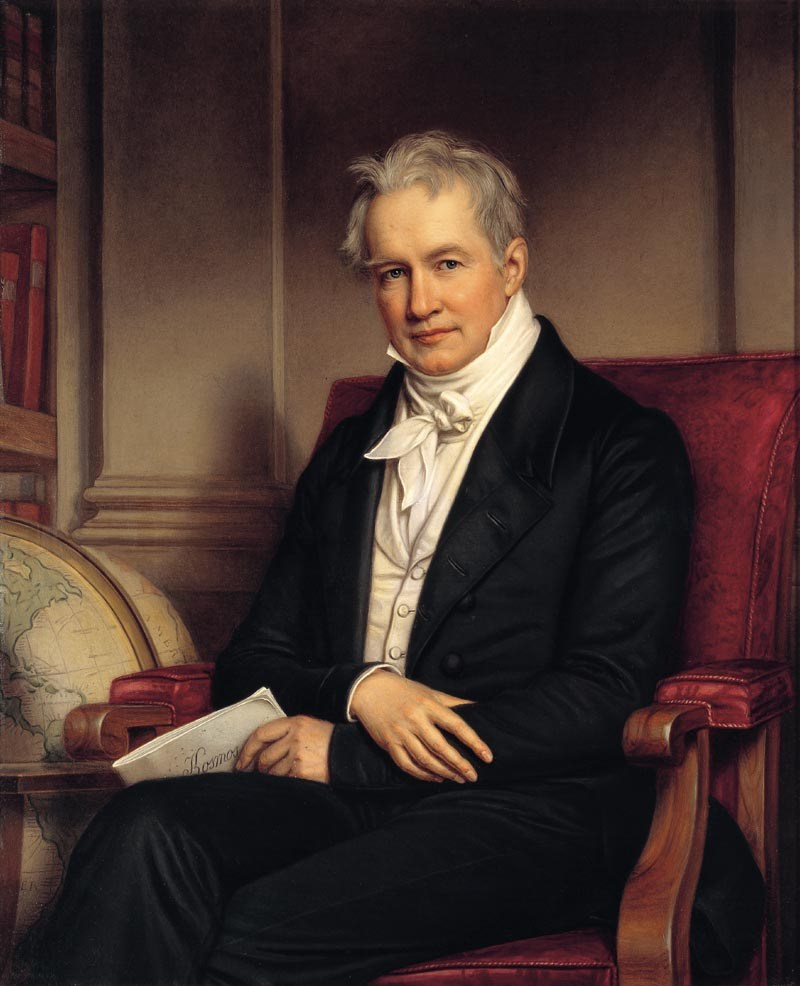
Photo: Wikipedia 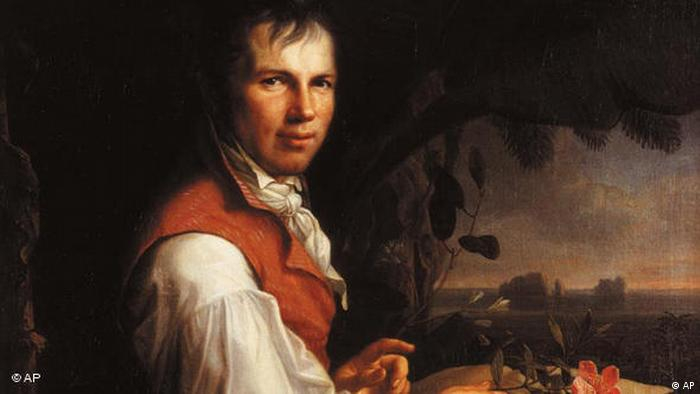
Photo: DW -
Though Alexander never received a university degree, his natural genius had been nurtured, and his unconventional formal education was coming to an end. After a brief stint at a business school in Hamburg, he moved to Saxony to attend the renowned Freiberg mining academy, where he learned in eight months what others take years to learn.
Following that, Humboldt was appointed as a Prussian mine inspector before being quickly promoted to superintendent of mines in Franconia, then to distant pieces of land that had recently come into the country's possession and needed to be integrated into a single system. Mines for silver, gold, iron, vitriol, and salt were important sources of income at the time. They were especially appealing to the Prussian king because he was the sole owner of all mining rights.
As a mine inspector, Humboldt was not afraid to get his hands dirty. From the summer of 1792 to the spring of 1797, he traveled extensively, visiting and inspecting mines, working on budgets, writing reports, collecting minerals, conducting experiments, establishing a mining school, and writing a textbook. All for a yearly salary of approximately 400 Prussian thalers.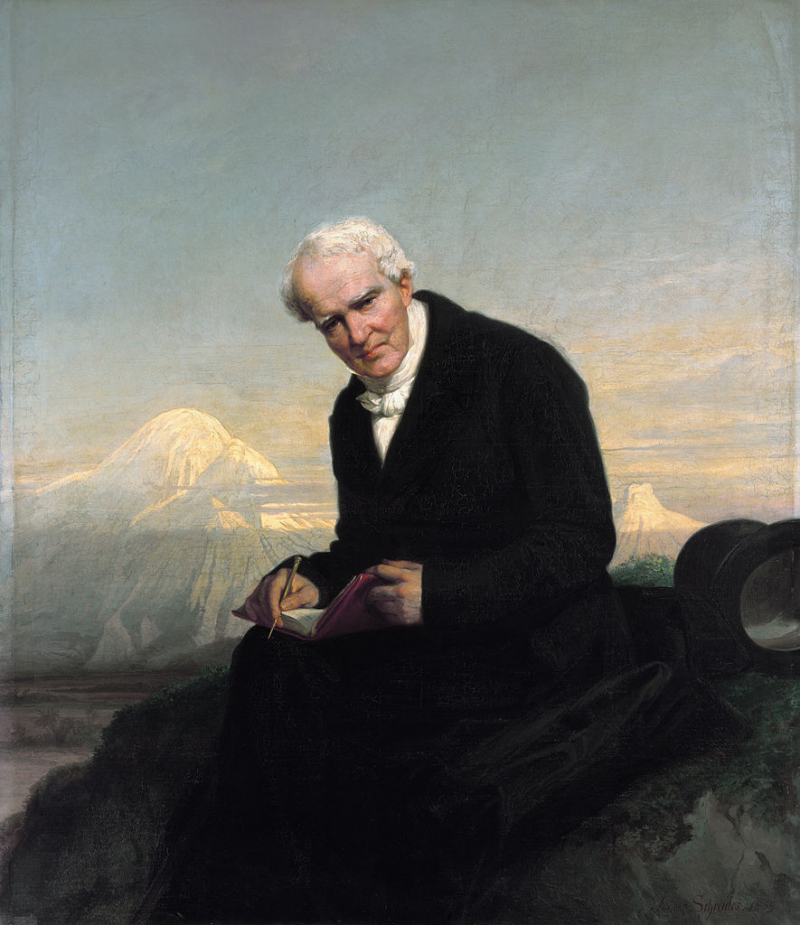
Photo: Encyclopedia Britannica 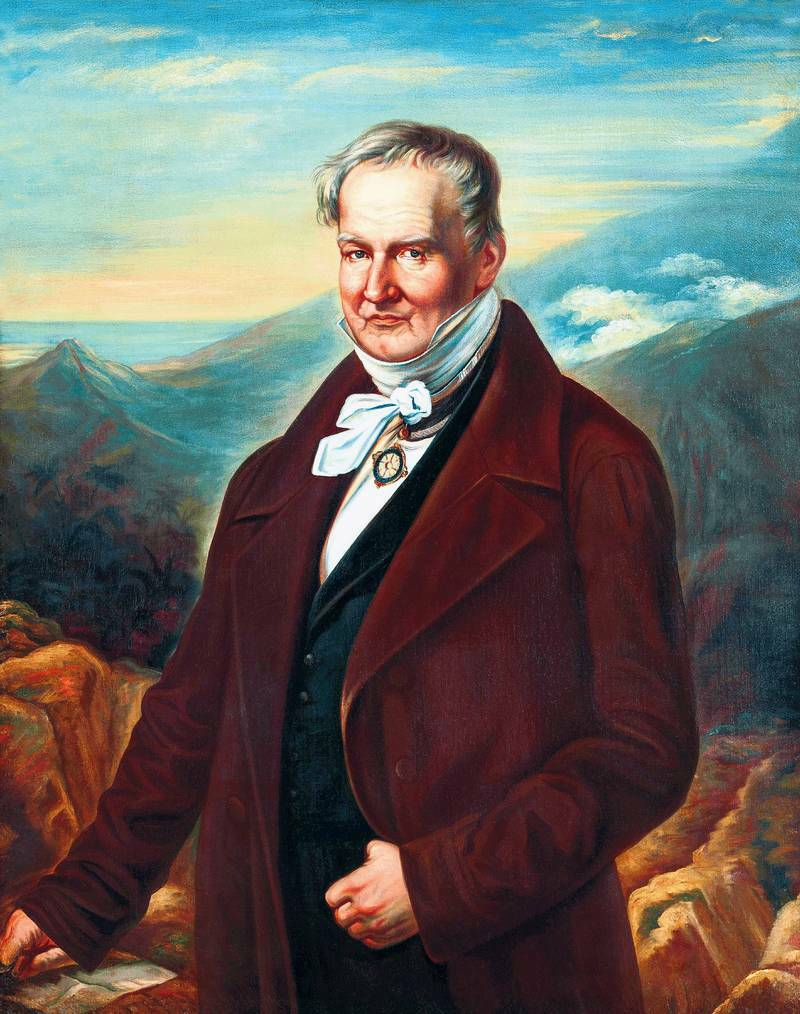
Photo: Totally History -
You may not know, that one of the interesting facts about Alexander Von Humboldt is that Humboldt was a Science star and influencer. Throughout his life, Humboldt traveled and conducted research, making significant contributions to the fields of astronomy, magnetism, and climatology. Over the course of his career, he published over 60 scientific works, including Cosmos, a seminal book on the evolution of the universe.
His groundbreaking work influenced research in a variety of fields. Following his study of Andean volcanoes, he refuted the theory that the Earth's surface was formed by sedimentation from a liquid state. Meanwhile, his meteorological data collection and representation helped lay the groundwork for the discipline of comparative climatology.
Many people today are more familiar with Humboldt University in Berlin or the penguin species named after him, but Humboldt was a true celebrity in his day. On his 100th birthday, a bust was unveiled in New York's Central Park, drawing 25,000 spectators. Humboldt's travel reports inspired Charles Darwin, who would not have traveled on the research ship Beagle if he had not read them. "You couldn't read from books in eight days what he can tell you in one hour," Johann Wolfgang von Goethe said.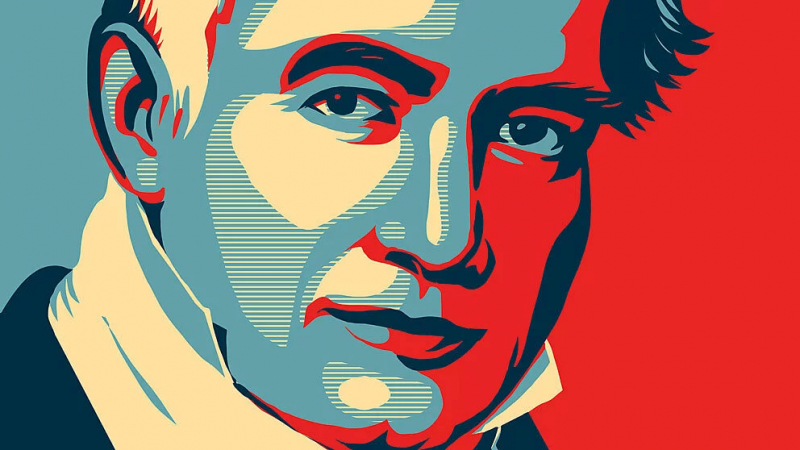
Photo: Tagesspiegel 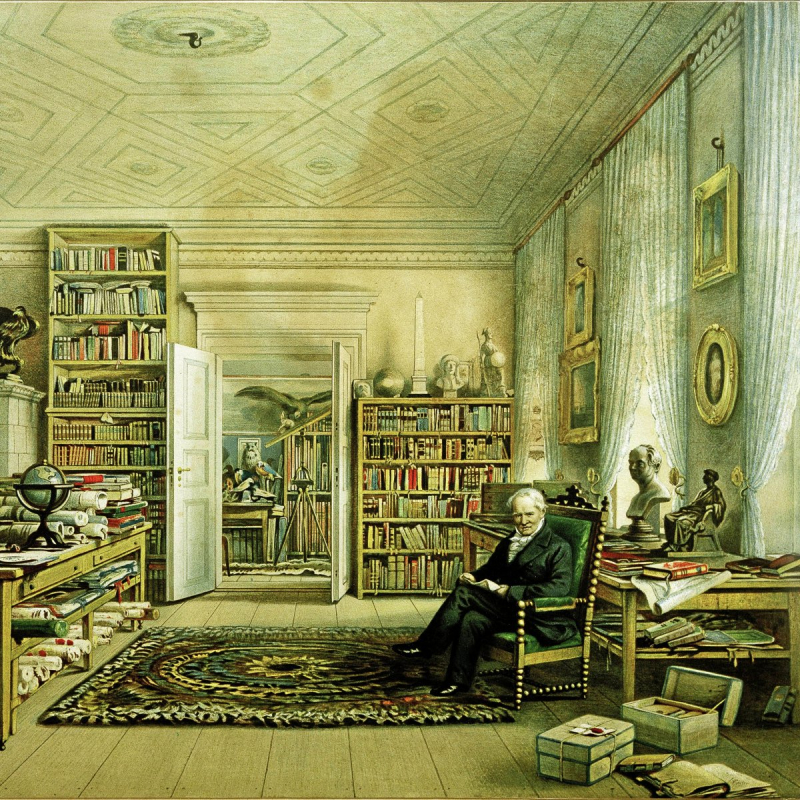
Photo: WorthPoint -
Perhaps you've heard of the Humboldt penguin, the Humboldt Current, the Humboldt squid, Humboldt County, California, or even Humboldt, Saskatchewan. Despite the fact that many places and things bear Humboldt's name in recognition of his scientific observations and explorations.
Humboldt had an insatiable thirst for natural knowledge. Everything fascinated him, from fluttering butterflies to rumbling volcanoes. He was famous for his far-flung explorations and scientific observations, which led him to see nature "as a global force," as Wulf writes. Humboldt witnessed this interconnected ecosystem while traveling through South America from 1799 to 1804, carrying 42 instruments such as barometers, thermometers, and cyanometers to study the environment.
Humboldt observed other ways in which humans were negatively affecting the ecosystem, such as overfishing, which depleted the ocean's oyster stocks, and mining operations, which harmed the land. "He saw nature as a web of life," Wulf explained. "If you pull one thread, the whole thing may unravel."
Humboldt introduced a proto-environmentalist view of the universe and the natural world as a single interconnected system in Cosmos. Between 1845 and 1847, and 1850 and 1858, the multi-volume work was published. This contributed to the development of the framework for modern ecological thinking. His concept of nature's "web of life" was possibly the first time in scientific terms that the interconnectedness of all living things was identified and described.
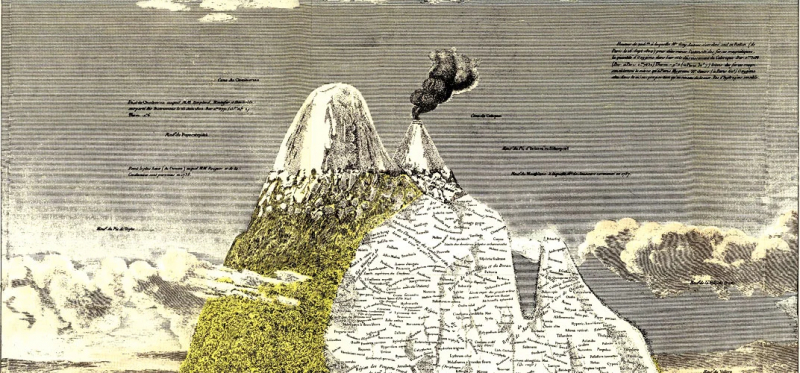
Photo: Humboldt – The Invention of nature 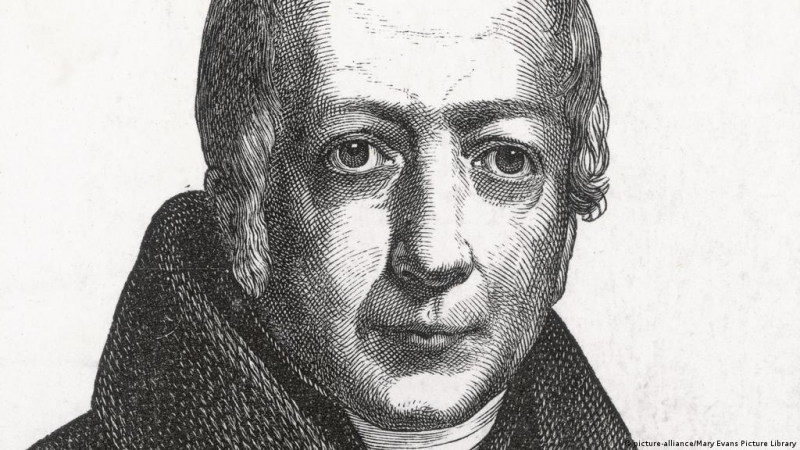
Photo: DW -
From 1804 to 1827, Humboldt devoted his time to publishing the data gathered on the South American expedition. During this critical period of his life, he lived in Paris except for brief visits to Berlin.
During his years in Paris, Humboldt enjoyed an extraordinarily full life. He could form deep and lasting friendships with well-known scientists, such as the renowned physicist and astronomer François Arago, as well as elicit respect and admiration from the general public, an ability that reflected his generosity, humanity, and vision of what science could accomplish.
Humboldt was a gregarious person who frequented the salons of Parisian society, where he usually dominated the conversation. He lived simply, in a small apartment on the top floor of an old building in the Latin Quarter. His fortune had been severely depleted by the costs of his expedition and the publication of his books, and he was frequently in financial difficulty for the rest of his life. Furthermore, he was always eager to help young scientists at the start of their careers. Because of his magnanimity, generosity, and sound judgment, promising students with limited resources were given the encouragement, financial assistance, and introductions to the scientific community they needed to get a good start in life. Men like the German chemist Justus von Liebig and the Swiss-born zoologist Louis Agassiz owed their continued studies and academic careers to Humboldt. His voluminous correspondence, which contains approximately 8,000 letters, is the best evidence of his diverse interests and affectionate nature.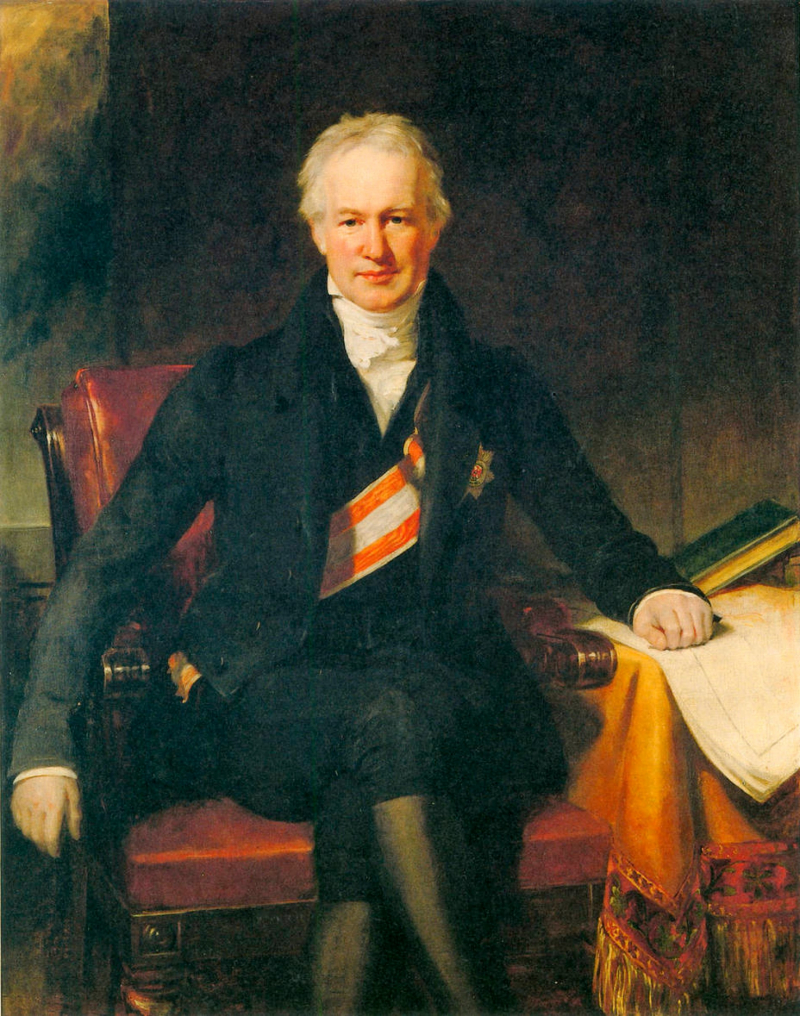
Photo: FAZ - Alexander von Humboldt: Schufte in Paris 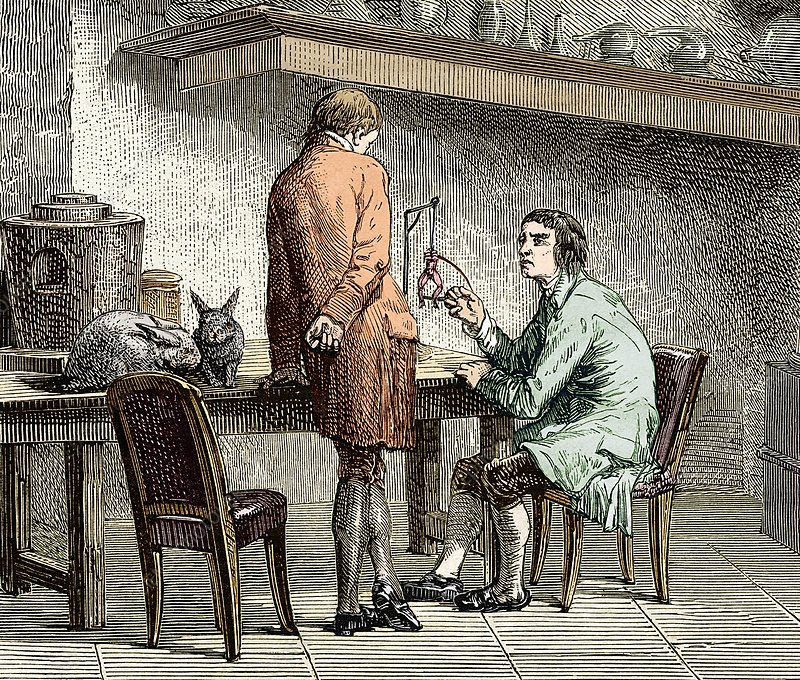
Photo: Science Photo Library - Halle and von Humboldt, Paris 1798 -
On February 24, 1857, Humboldt had a minor stroke. Two years later, his health began to deteriorate, and he died on May 6, 1859, at the age of 89. He is still regarded as one of the most significant contributors to earth sciences.
Humboldt, who died at the age of 89, traveled to four continents and wrote more than 36 books and 25,000 letters to a global network of correspondents. He had an infectious personality and boundless curiosity, surrounded himself with some of the leading minds of his era, and never stopped talking. Humboldt straddled the enlightenment penchant for wanting to know everything about everything and the establishment of modern scientific methods designed to question that accrued knowledge. He was charismatic, annoying, exuberant, caustic, and undeniably relevant.
Alexander von Humboldt is credited with inspiring generations of early naturalists in the Western world for his contributions to the natural sciences. Andrea Wulf's biography of Humboldt, The Invention of Nature, calls him a "founding father" of environmentalism who has "been largely forgotten in the English-speaking world."Those who knew him, however, were aware of his significance. Thomas Jefferson referred to him as "the most scientific man of his age," and Charles Darwin stated that Humboldt's work was responsible for his voyage on the Beagle. Humboldt was likened by the poet Johann Wolfgang von Goethe to “a fountain with many spouts from which streams flow refreshingly and infinitely so that we only have to place vessels under them.”
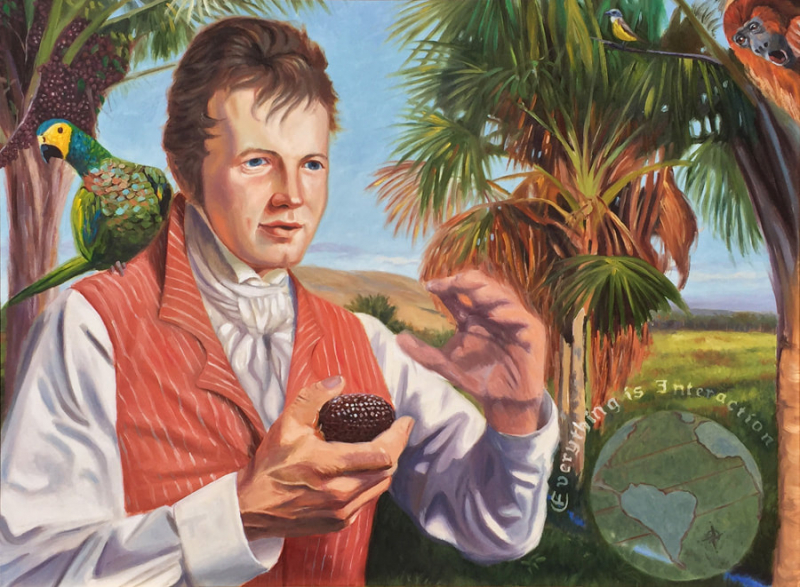
Photo: THE GREAT PEACEMAKERSE 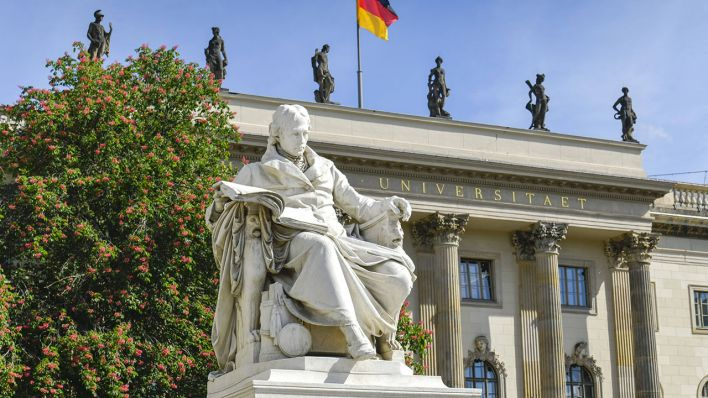
Photo: Dreamstime -
The indispensable thing when it comes to interesting facts about Alexander von Humboldt is that he is remembered as a forgotten father of environmentalism.
Alexander von Humboldt transformed the Western concept of nature by describing it as an interconnected living web, inspiring thinkers ranging from Darwin to Thoreau.
25,000 people marched through New York on September 14, 1869, to commemorate the centennial of the birth of German scientist Alexander von Humboldt. The cobblestone streets of Manhattan were lined with flags, and even the ships on the Hudson River were festooned with colorful bunting. By early afternoon, crowds had gathered in Central Park to witness the unveiling of a large bronze statue of Humboldt. Despite the fact that Humboldt had died ten years before, he was still the most celebrated scientist of his time. Street parades were held throughout the United States, from San Francisco to Philadelphia, and from Chicago to Charleston, as well as in Australia, Germany, Mexico, Russia, and Egypt.
Almost forgotten today—at least in the English-speaking world—in his day, Ralph Waldo Emerson described Humboldt as "the most famous man after Napoleon" and "one of the world's wonders." The Humboldt Current, which runs along the west coast of South America, bears his name, as does the Humboldt penguin. There are four counties, 13 towns, a river, bays, lakes, and mountains named after him in North America alone—and the state of Nevada was almost named Humboldt when it was debated in the 1860s.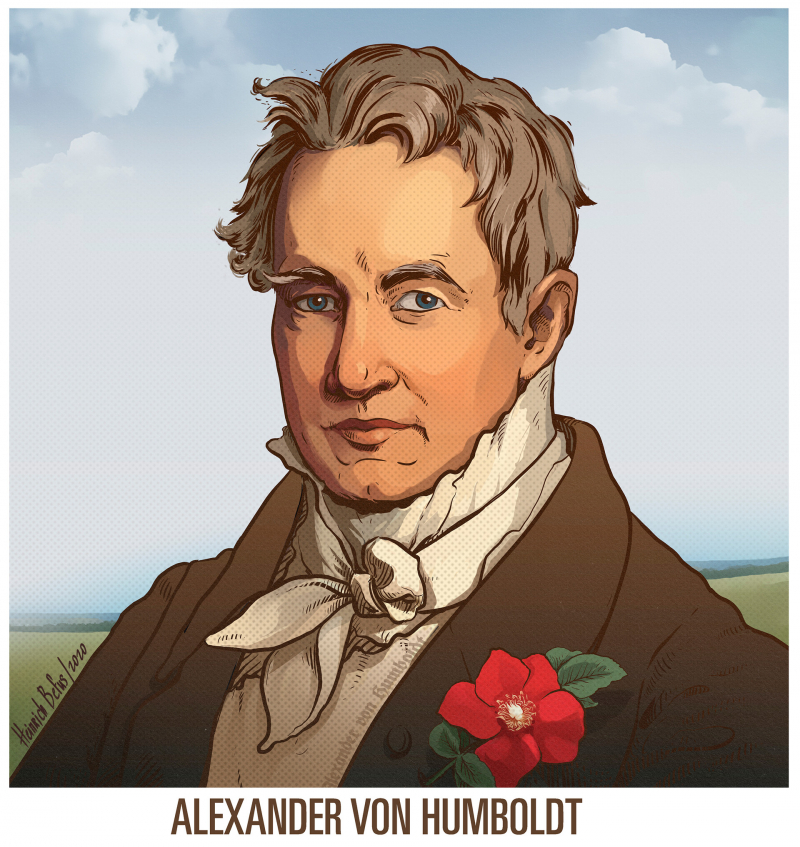
Photo: Brewminate 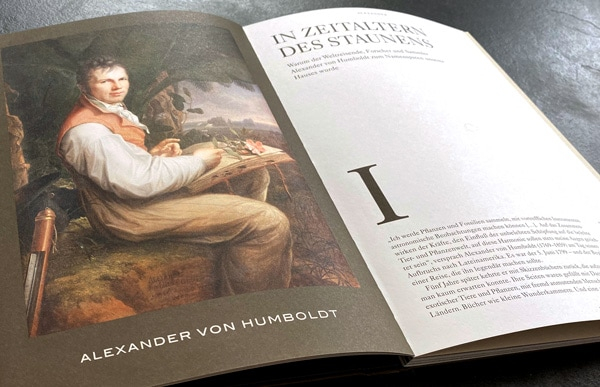
Photo: Foreword Reviews









